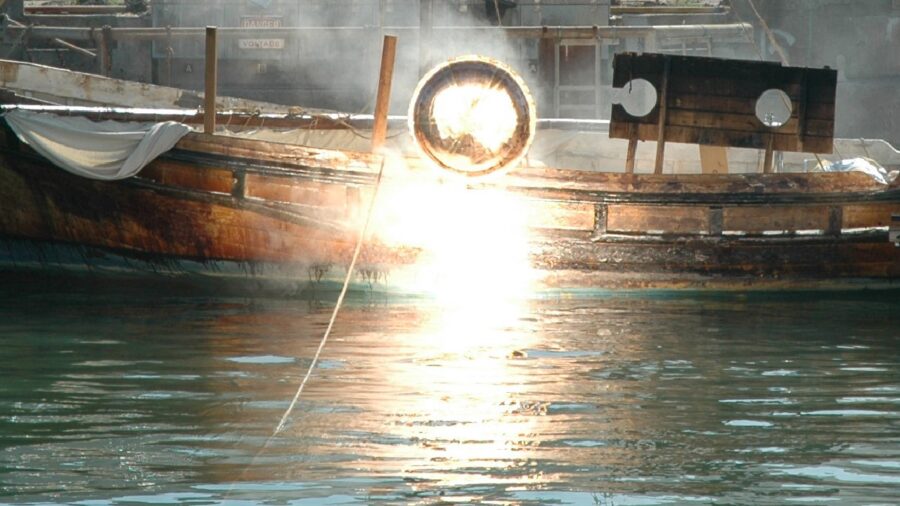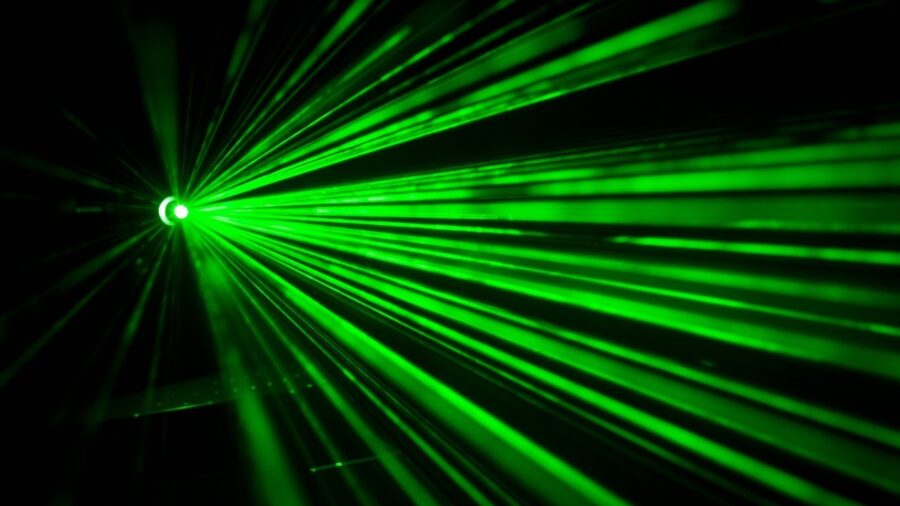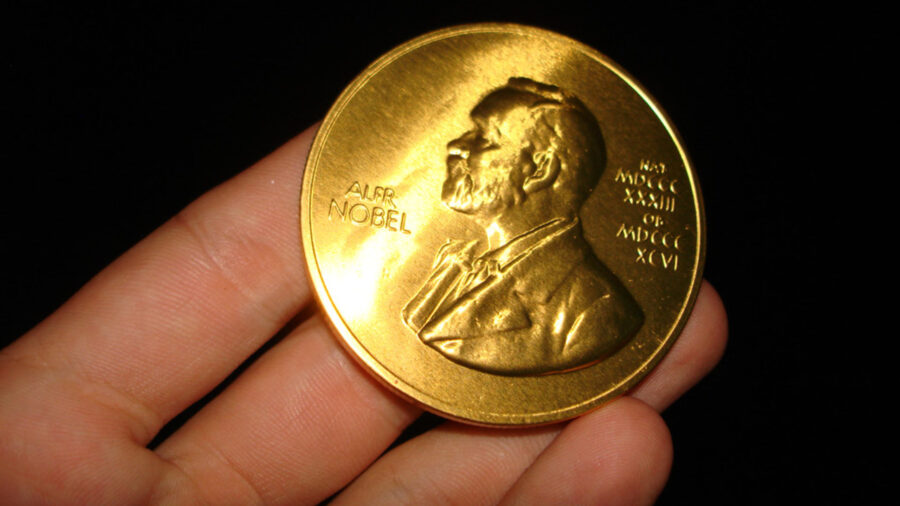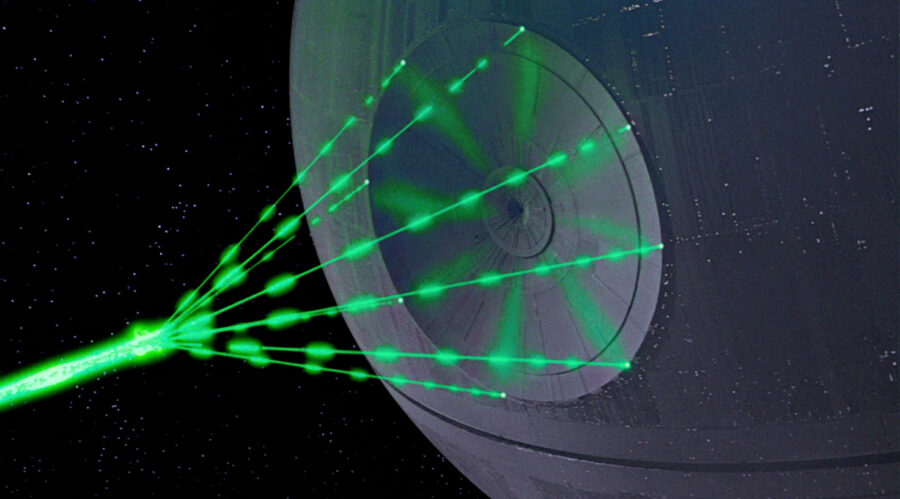Ancient Death Ray Recreated By 12-Year-Old And It Works

The annals of history are filled with tales of ingenious inventions and mind-boggling contraptions, often attributed to the brilliant intellects of their times. One such remarkable invention, the mythical death ray, is credited to the ancient Greek polymath Archimedes. Today, we delve into a unique experiment by a 12-year-old prodigy who successfully built a scaled-down replica of Archimedes’ legendary death ray.
The Legend Of Archimedes

Archimedes of Syracuse was a renowned mathematician, physicist, engineer, inventor, and astronomer whose contributions to mathematics and physics are invaluable. He is often hailed as one of the leading scientists in classical antiquity. The fabled death ray, attributed to him, is a testament to his genius and ingenuity.
The Siege Of Syracuse

The death ray was a powerful weapon utilized during the Siege of Syracuse from 213 to 212 BC. The weapon harnesses the sun’s rays to incinerate enemy ships. One might recall this weapon being featured in the most recent installment of Indian Jones and the Dial of Destiny. This legend, however, has been a subject of much debate among historians and researchers. Some, like the famous French philosopher René Descartes, dismissed the tale as pure fiction. Others, however, have sought to recreate the weapon and found reasonable success.
A Pre-Teen’s Breakthrough

In an exciting turn of events, Brenden Sener, a 12-year-old student from Ontario, Canada, decided to test the feasibility of the legendary death ray. Sener built a scaled-down version of the ancient weapon and found that the concept indeed worked and could easily have been used in battle.
Tabletop Death Ray

Sener’s replica was a tabletop version of the death ray. He used concave mirrors and LED desk lamps to simulate the sun’s rays. By focusing a 50-watt heat source onto a piece of cardboard using the mirrors, Sener discovered that the temperature of the target could be raised by 3.6 degrees Fahrenheit with each additional mirror, up to a total of three mirrors.
More Mirrors Was The Solution

Intriguingly, adding a fourth mirror resulted in a significant temperature jump of 14.4 degrees Fahrenheit. When Sener replicated the experiment using a 100-watt lamp, he found similar results. His observations led him to conclude that the concept of the death ray was indeed plausible. He stated, “Based on my experimental findings, I agree with the MIT group and believe that with a strong enough heat source and larger, multiple mirrors all focused at a perfect angle, combustion could be possible.”
An Award-Winning Experiment Pointing To A Bright Future

Sener’s remarkable achievement has earned him multiple awards, including the Matthews Hall Annual Science Fair Gold Medal, the Physical Sciences Thames Valley Science and Engineering Fair Gold Medal, and the London Public Library Award for Inspiring Children’s Interests in Science and Technology. His experiment serves as a testament to the power of curiosity and the potential of young minds when guided by scientific inquiry.
Many Have Tried To Recreate The Death Ray

The tale of Archimedes’ death ray continues to captivate our imaginations. A young student’s successful replication of the weapon reiterates the brilliance of ancient scientific minds and the limitless potential of youthful curiosity. Whether the death ray existed or not, the saga continues to inspire scientific exploration and discovery, proving yet again that what we read in history books isn’t merely a chronicle of past events but a springboard for future innovation.
Death Rays In Space?

With the power of curiosity, scientific inquiry, and a bit of ancient wisdom, who knows what future generations might achieve? As we delve into the mysteries of the past and the possibilities of the future when lasers might become the main weapon of the Space Force, one thing is certain – the journey of discovery, just like the beam of a death ray, is unending.












